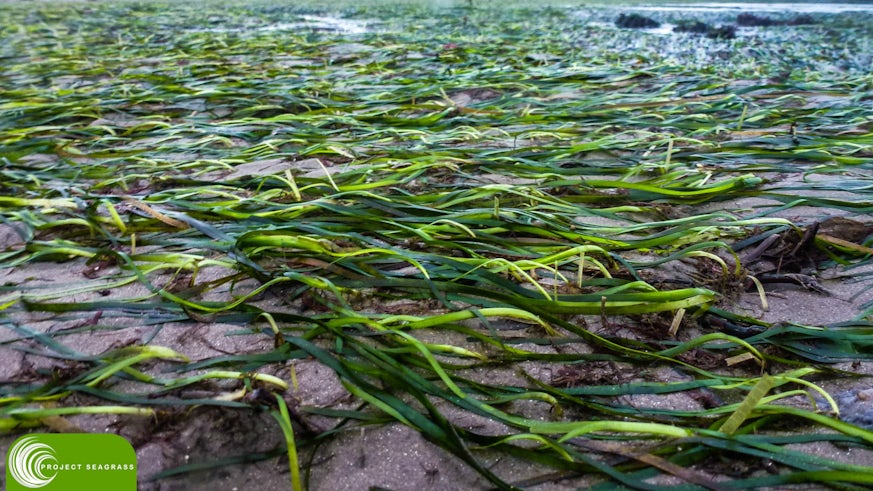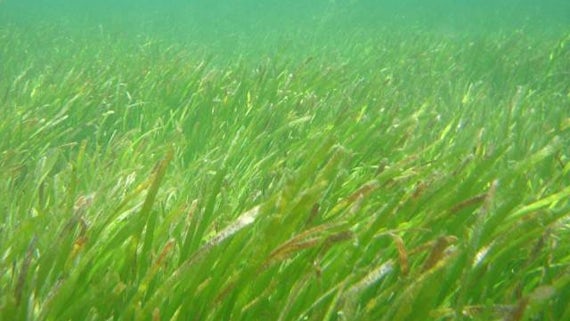Marine conservation with the help of citizen scientists
19 April 2017

Researchers from the charity Project Seagrass are asking members of the public to help them discover more about secret underwater seagrass meadows.
Seagrass meadows are vital for nature. Despite their recognised importance, research by the charity – which was formed by scientists from Cardiff University’s Sustainable Places Research Institute, and the Seagrass Ecosystem Research Group at Swansea University – has shown that seagrass meadows are in a degraded and perilous state across the UK.
Conservation, monitoring and education
Now, through a new SeagrassSpotter app, members of the public can get involved in conservation, monitoring and education to help the scientists better understand seagrass meadows around the globe.
“The app provides ocean enthusiasts around the world with an opportunity to become citizen scientists who contribute to marine conservation with just a few taps of their phone” said Benjamin Jones, co-founder of Project Seagrass and Research Assistant at the Sustainable Places Research Institute.
“Seagrass meadows globally are being lost at a rate equal to that of coral reefs and rainforests, yet they receive a fraction of the attention” added Ben.
Significant threats include direct physical damage, increased sedimentation and poor water quality, as well as threats from unsustainable overfishing. A lack of public awareness of the existence and value of seagrass meadows also add to the problem.
‘Blue Carbon’
Only revealed at the lowest of tides, these gardens provide a home for important marine life, including fish like cod, plaice and the charismatic seahorse, and are important for absorbing and storing large amounts of ‘Blue Carbon’, carbon that’s dissolved in our oceans.
The Seagrass Spotter app seeks to expand the number of people studying seagrass from a handful of scientists to hundreds and potentially thousands of ‘citizen scientists.’
As part of efforts to build a sustainable monitoring network, the team hope to create a more comprehensive picture of seagrass meadows around the globe and in turn inspire new scientific research and practical conservation measures that can help protect ocean habitats, like seagrass meadows.

